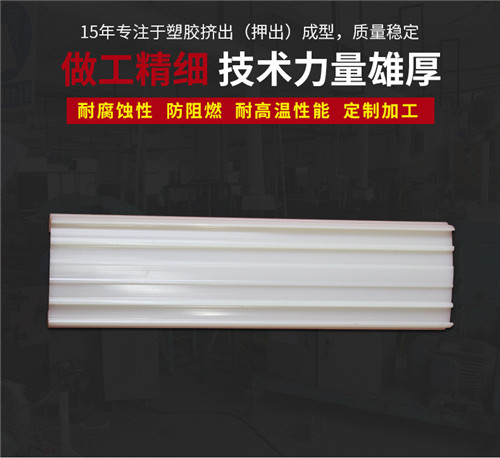
Phone Number :
08 16, 2023

Specifications for allowable joints for wires in trunking play a crucial role in ensuring the integrity and safety of electrical installations. These guidelines define the acceptable methods and limits for joining wires within trunking systems, which are commonly used in various industries and applications. By following these standards, professionals not only comply with regulatory requirements but also prevent issues such as electrical failures, voltage drops, and fire hazards.
The quality and reliability of wire joints directly impact the performance and lifespan of electrical systems. Proper wire jointing ensures good electrical and mechanical connections, preventing power losses, heat generation, and potential breakdowns. Moreover, it promotes efficient installation, maintenance, and troubleshooting, saving time and resources in the long run.
1. Conductor Compatibility: All wire joints must be made with compatible conductors to maintain electrical continuity and conductivity. The jointing method should consider the wire material, size, and insulation type to achieve optimal performance.
2. Mechanical Strength: Wire joints must possess sufficient mechanical strength to withstand mechanical stress, vibrations, and environmental factors. Proper techniques, such as crimping, soldering, or welding, must be employed based on the application requirements and wire characteristics.
3. Insulation Integrity: Insulation of wire joints must be maintained to prevent short circuits, electrical leakage, and insulation breakdown. Insulation methods such as heat shrink tubing or insulating tapes should be utilized to protect the jointed area from moisture, dust, and other contaminants.
4. Minimum Wire Bending Radius: To avoid damage to the wire and maintain electrical conductivity, wire joints should adhere to specific bending radius requirements. Excessive bending can cause wire fatigue, leading to increased resistance, heat generation, and potential failure over time.
5. Joint Accessibility: Wire joints should be easily accessible for maintenance and inspection purposes. This allows for quick identification of any potential issues or the need for repairs, ensuring the continuous functionality of electrical systems.
Complying with the specifications for allowable joints for wires in trunking is of utmost importance to ensure the longevity, safety, and reliability of electrical installations. By focusing on conductor compatibility, mechanical strength, insulation integrity, minimum bending radius, and joint accessibility, professionals can effectively design and execute wire jointing processes that meet industry regulations and best practices. Prioritizing the quality of wire joints not only benefits the end-users but also contributes to the overall efficiency and durability of electrical systems.